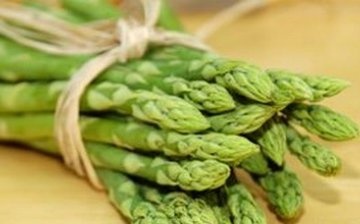Asparagus medicinal: plant description
Medicinal asparagus is a herbaceous perennial plant that has many long, often up to one and a half meters, stems. The leaves of this outwardly unusual plant are extremely small, covered with scales, and in the axils of each leaf there is a small threadlike twig. Asparagus medicinal blooms in early summer with small greenish flowers with a whitish or yellowish tint, in place of which red ball-berries ripen in early autumn. In nature, there are more than 150 species of asparagus that grow in many countries. Many of its species are grown in gardens and personal plots as an ordinary garden plant.
Official medicine does not recognize asparagus as a medicinal plant, however, it has found more than widespread use in alternative treatment. So, for medicinal purposes, young shoots and rhizomes of the plant are used, which are rich in vitamin D, essential oils, carbohydrates, arginine and asparagine. The main advantage of preparations made from asparagus is their rather powerful anti-inflammatory and diuretic effect.
Such drugs are widely used to treat various ailments of the kidneys and bladder (it should be noted separately that asparagus gives urine an unpleasant pungent odor), prostate gland, and also to relieve edema resulting from renal and cardiovascular failure. Also, various decoctions and infusions of asparagus are used externally for many skin diseases of inflammatory origin, and to accelerate the healing of small wounds, scratches and abrasions.



